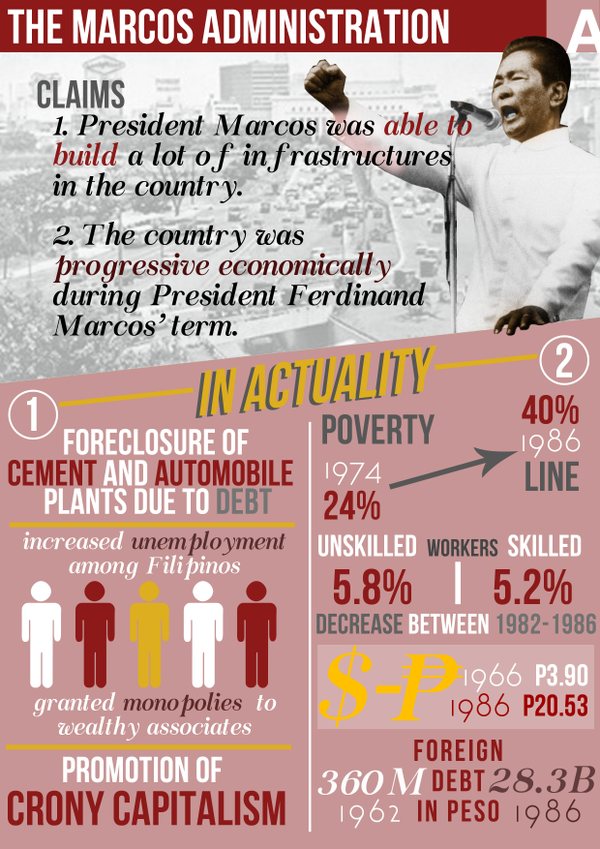Exploring The Rich Heritage And Spiritual Dimensions Of Fighting Style: An Extensive Assessment
Exploring The Rich Heritage And Spiritual Dimensions Of Fighting Style: An Extensive Assessment
Blog Article
Authored By-Gentry Patterson
Step into the ancient globe where martial arts were substantiated of necessity in diverse areas. Societies crafted special fighting designs intertwined with historic contexts. Strategies developed over centuries with devoted practice and social exchanges. Today, contemporary martial arts mix conventional components for maximum effectiveness. Philosophically, martial arts stress self-control, self-improvement, and consistency. Regard, humbleness, and equilibrium are fundamental principles leading experts in the direction of development and strength. Discover the depths of this abundant history and ideology to reveal the extensive influences shaping this long-lasting technique.
Origins of Martial Arts
Martial arts came from various areas worldwide, advancing as practical fight systems to defend against dangers. These ancient fighting designs were created out of necessity, with each culture crafting techniques fit to their one-of-a-kind atmospheres and difficulties. From the grappling arts of Jujutsu in Japan to the striking methods of Martial art in China, martial arts were deeply linked with the historical, social, and cultural material of their particular societies.
In Japan, the samurai class polished martial arts like Kenjutsu, the art of the sword, which later developed into the a lot more promoted form of Kendo. On the other hand, in Brazil, Capoeira emerged as a mix of dance and combat, created by enslaved Africans as a method to withstand fascism. Each fighting style lugs with it a rich background and approach, reflecting the values and beliefs of individuals who practiced them.
As you delve into the beginnings of martial arts, you uncover a tapestry of human ingenuity, durability, and the stubborn spirit of warriors throughout time.
Advancement of Techniques
With centuries of practice and improvement, fight strategies within numerous martial arts have actually undertaken a profound evolution. From ancient designs like Martial art and Karate to a lot more modern techniques such as Brazilian Jiu-Jitsu and Krav Maga, the development of strategies has actually been driven by a combination of social influences, useful applications, and technical developments.
One significant element of this evolution is the cross-pollination of strategies in between various martial arts. For example, methods from typical Japanese Jiu-Jitsu were included into the creation of Judo by Jigoro Kano in the late 19th century. This blending of styles has actually led to the advancement of hybrid martial arts like Mixed Martial Arts (MMA), which combine elements of striking, grappling, and entry strategies.
In addition, the evolution of methods has actually been formed by the boosting emphasis on effectiveness and efficiency in fight. Professionals have actually continuously sought to improve their techniques with strenuous training, trial and error, and competition, bring about the advancement of very specialized and effective fighting styles. Overall, the development of methods in martial arts reflects the vibrant nature of battle and the continuous mission for improvement and innovation.
Thoughtful Structures
Checking out the underlying thoughtful principles of martial arts offers understanding right into their core values and leading beliefs. At the heart of lots of martial arts techniques is the idea of technique itself. By training your mind and body to act as one natural device, you cultivate technique that prolongs past the dojo or health club right into day-to-day life. This technique incorporates regard, humbleness, and self-control, forming not simply your physical capacities yet also your personality.
Another basic thoughtful structure in martial arts is the idea of continual self-improvement. global martial arts ch 35 of understanding a fighting style is continuous, with specialists frequently aiming to better themselves, both literally and mentally. taekwondo classes for adults on growth cultivates resilience, determination, and a development attitude that can be related to all facets of life.
Additionally, martial arts highlight the significance of consistency and equilibrium. Methods are designed to make use of an opponent's power against them, highlighting the concept of producing and rerouting force as opposed to satisfying it head-on. This ideology encompasses social connections, promoting tranquil resolutions and mutual understanding. By accepting these thoughtful structures, martial musicians not just improve their fight abilities however also grow a way of living centered on individual development, respect, and harmony.
Conclusion
To conclude, the history and approach of martial arts offer a rich tapestry of practice, technique, and self-improvement.
Consider example the tale of Bruce Lee, that reinvented martial arts by blending various designs and philosophies to produce his own one-of-a-kind form of Jeet Kune Do.
Through devotion and development, martial musicians remain to press boundaries and influence others to reach their full potential both in fight and in life.
